Universal Design makes things safer, easier and more convenient for everyone by designing homes, public spaces and products to be used by the widest range of people possible. For more: see our Universal Design Blog, read our in-depth article The Principles of Universal Design, or checkout Paragon Building Group and Universal Design. We are passionate about Universal Design, and helping people feel comfortable in the homes we build. Always feel free to reach out. Josh, our founder and President, especially loves to talk building and universal design.

Kevin is a guest writer for The Universal Design Blog with Paragon Building Group, as part of our #OwnVoices series on Universal Design. This series invites disabled writers to explore the history and future of inclusive design in custom home building and daily life.
As a writer with autism, Kevin believes strongly in self-advocacy and developing autism resources that help individuals gain access in their day-to-day living and help create more naturally inclusive communities. To learn more about Kevin and his writing, see his Bio following this article.
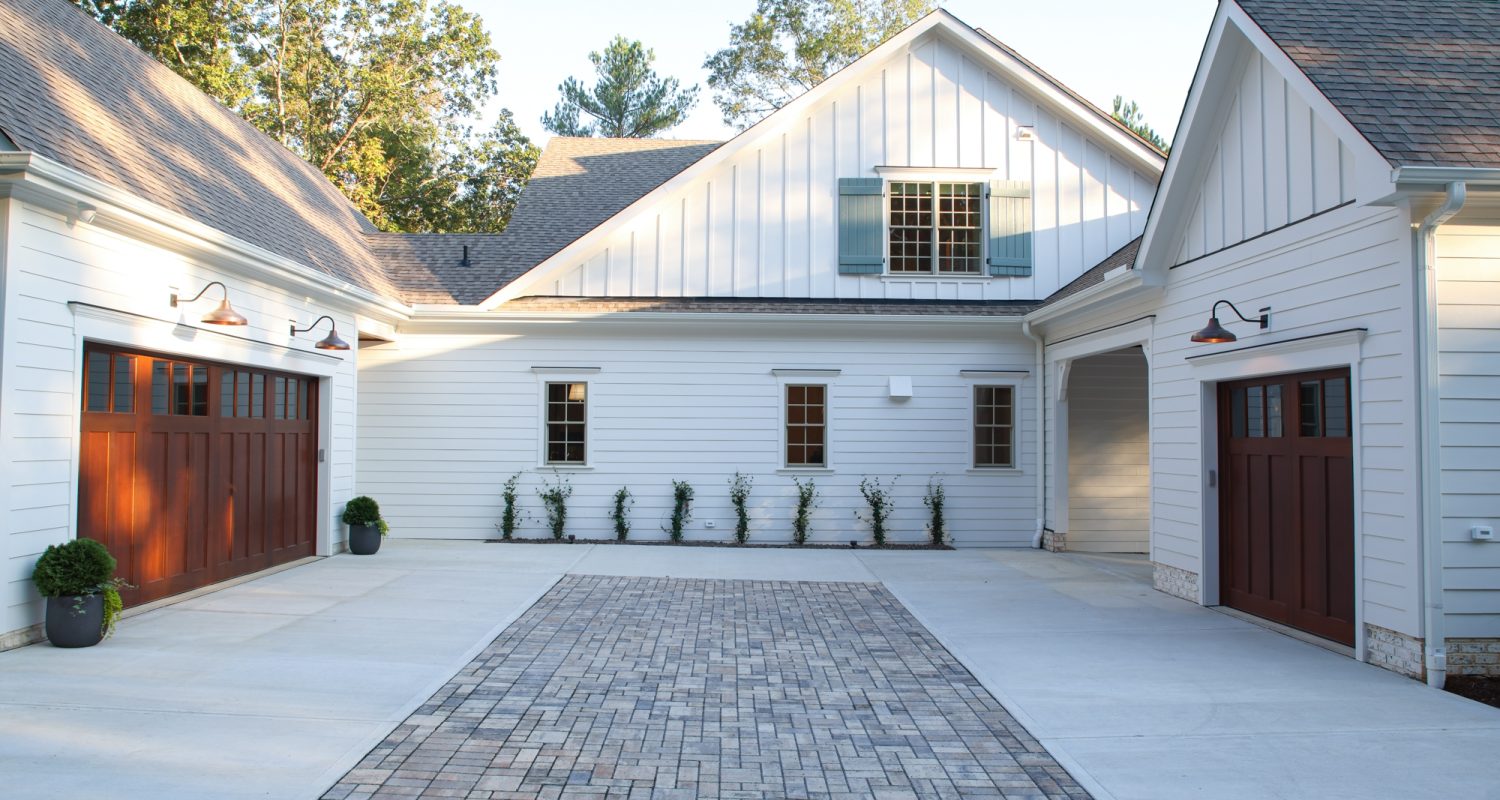
The history of Universal Design is a relatively recent one that is tied to the modern increase in human quality of life.
As a disabled person with autism, I personally have difficulty with fine motor skills. When I turn a key, I often don’t know which way to turn the key when opening the door. I have to spend several seconds fiddling with it, something which costs me hours of free time each year. My current apartment has keyless entry and I enter a code to open the door every time. This is perfect for me since I memorize numbers well. Keyless entry is much more accessible for me. It doesn’t inconvenience anyone except people who aren’t able to remember a 4-digit number. Thus, keyless entry is more accessible. This is what universal design is about – gradually making household features more accessible to everyone.
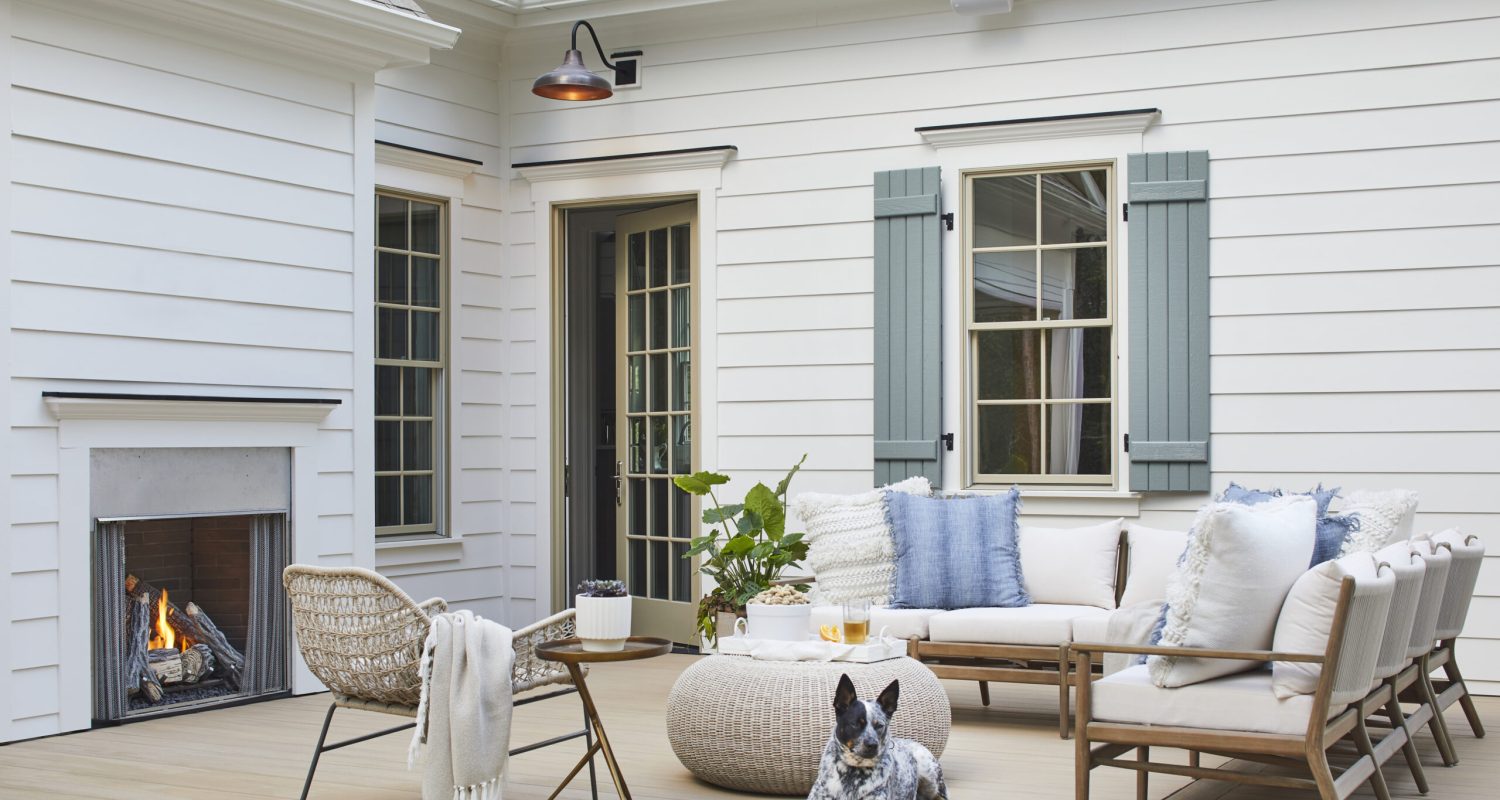
While the history of universal design began in the 1940s, things only really began to pick up steam in the 1970s right after the civil rights movement, which makes sense. In my opinion, universal design is a civil rights issue. It is easy to think of something like access to medical care as a civil rights issue. But, as my example above shows, a differently designed front door can save a disabled person hundreds of hours over the course of a year. I have the right to enjoy my free time and be able to get into my own house without frustration. The history of universal design also shows an adaptation to societal changes. Now, people buy houses in their 30s or 40s and stay there until they are 80. Universal designers have realized they need to make changes to accommodate for this.
Average American life expectancy first climbed dramatically after World War II. Additionally, people with disabilities began to live with their families for longer periods of time. In many cases, houses of the early 20th century were not designed with the needs of everyone in mind. It wasn’t until the 1940s in Kalamazoo, Michigan that the movement of making public and private spaces accessible for everyone, or universal design, truly began.
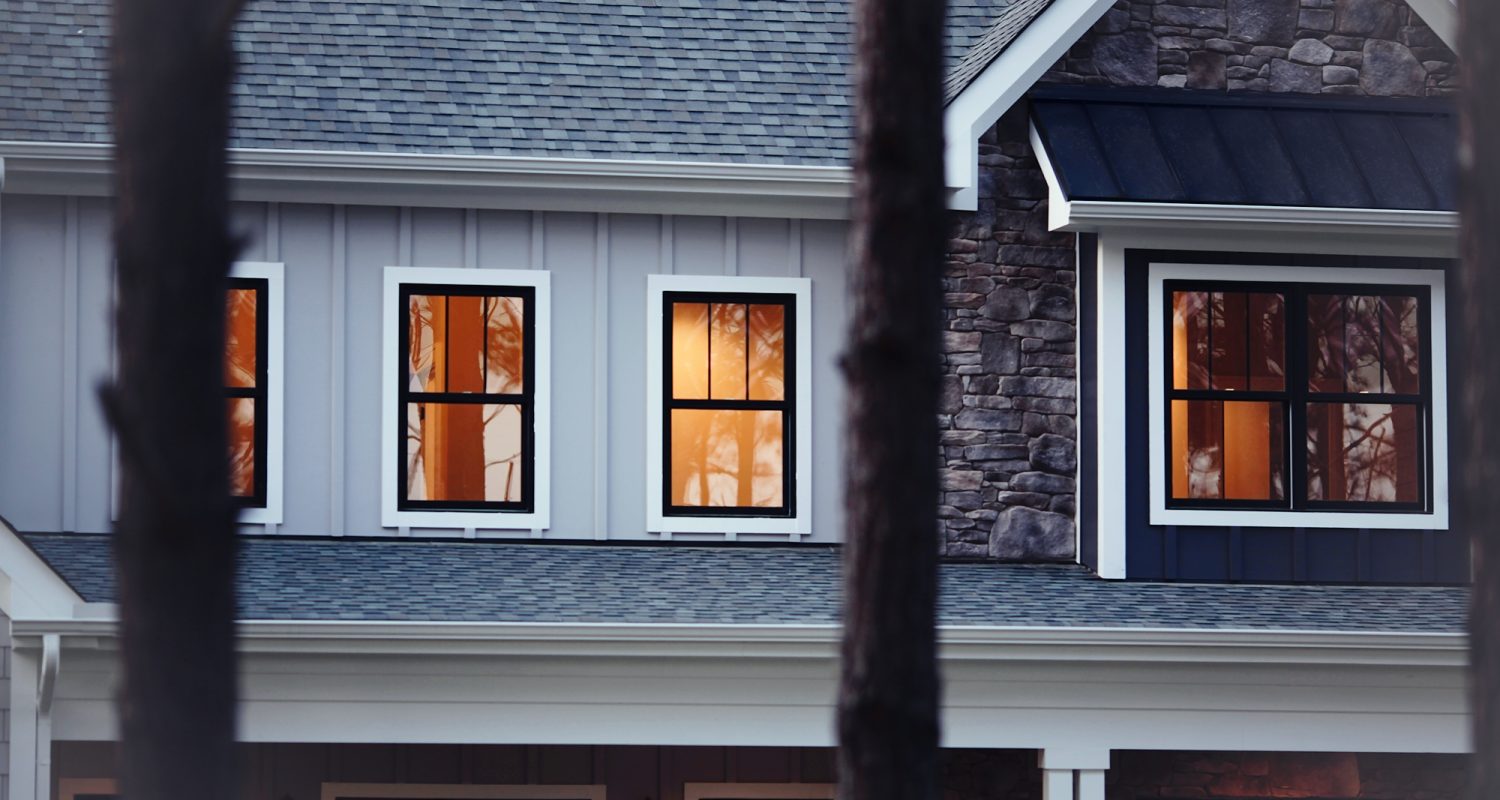
In the 1940s, after Jack Fisher petitioned Kalamazoo’s city manager to make its sidewalks more accessible, the history of universal design began quietly. When the first gradually sloped sidewalk called a “curb cut” was installed, the first universal design idea was born. A “curb cut” allows individuals in wheelchairs or on bicycles to smoothly transition from streets to walkways. As accessibility laws became more common, society worked towards an important idea: making public and private societal spaces easily accessible for all.
The Disability Rights Movement came shortly after the Civil Right Moments of the 1960s. Out of this legislation came the foundational ideas for universal design. Laws such as the Architectural Barriers Act of 1968 and the Rehabilitation Act of 1973 established minimum requirements to protect people with disabilities from discrimination in society. Legislators agreed that if people with disabilities were to be integrated into society, these people had to be given the necessary tools to be successful. I think we can all agree that if a door with a lever on it is possible for more people to open than a door with a knob on it, more doors should have levers on them. It is that simple. This is where universal design was born.
To simply have universal design is not enough, however. It needs to be affordable to all. Many building and design industries responded to this need for change and more accessibility by producing special products and places for special groups that have an expensive price tag. The history of universal design consistently shows a need to go beyond this. According to universal design principles, not only “special” places for special groups but every place should be designed so that every person can use it to the greatest extent possible – every faucet, every doorknob, every entrance, and every telephone.
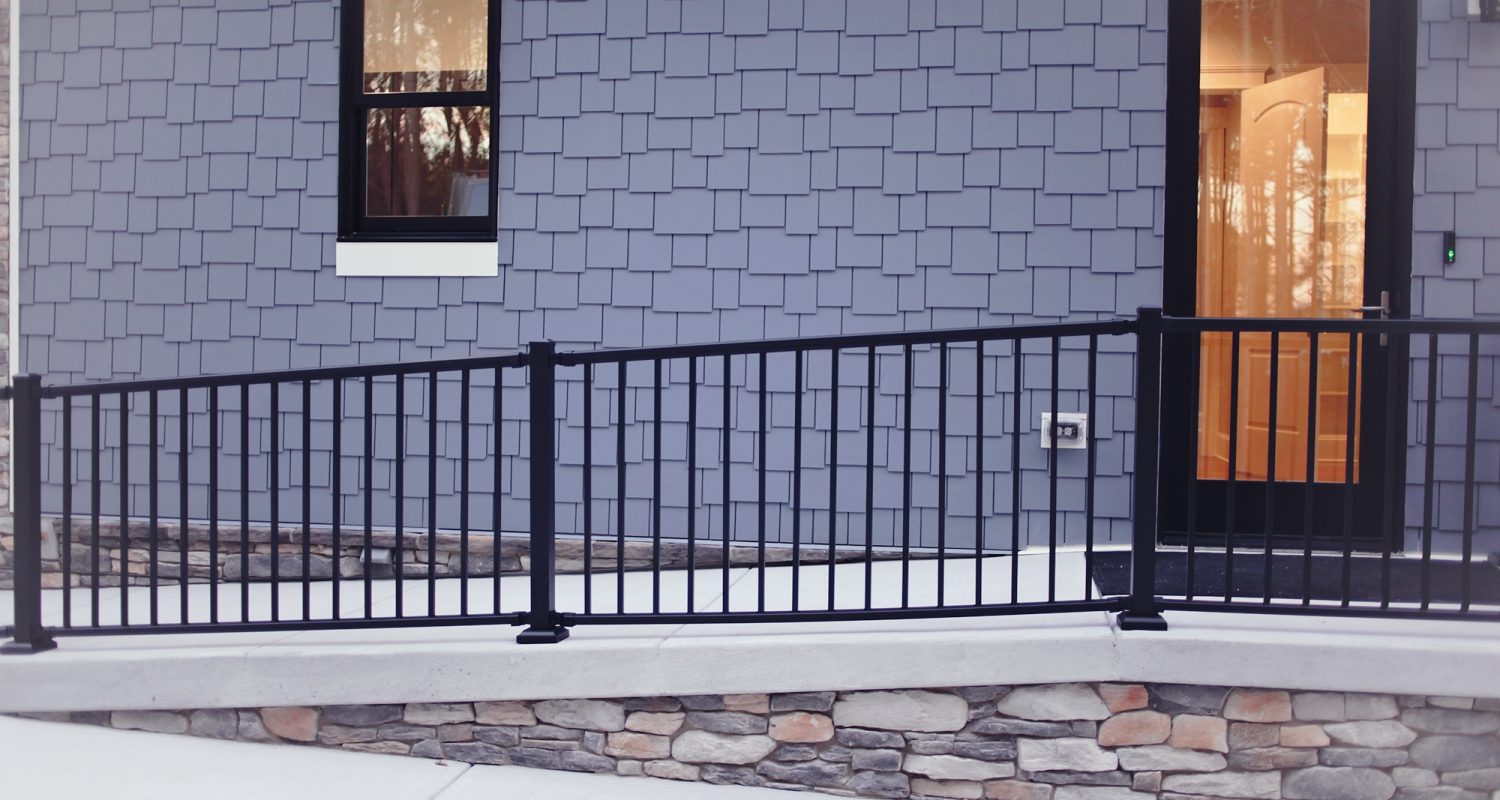
In the 1980s, Ron Mace, a research professor in the architecture department at North Carolina State University, became the first person to apply universal design principles to architecture. For the first time, designers built houses in a way that deemphasized disability rather than singling out people who were disabled. A ramp at the side entrance of a house singles out disabled people and forces them to enter using an alternate method. This may cause them to feel left out. It is much better to simply design in a way that puts everyone naturally on an equal footing from the start.
While the legislation of the 1970s and Ron Mace’s 1980s architectural improvements were a good starting point, universal design slowed down somewhat as a result of the economic downturn of the 1980s. Suddenly, less money was available for rehabilitation engineering research and the removal of environmental barriers. At the same time, however, the commercial world increased its marketing efforts towards people with disabilities for the first time. In 1988, the New York Museum for Modern Art exhibit “Designs for Independent Living” featured products specifically selected for the needs of older adults and people with disabilities.
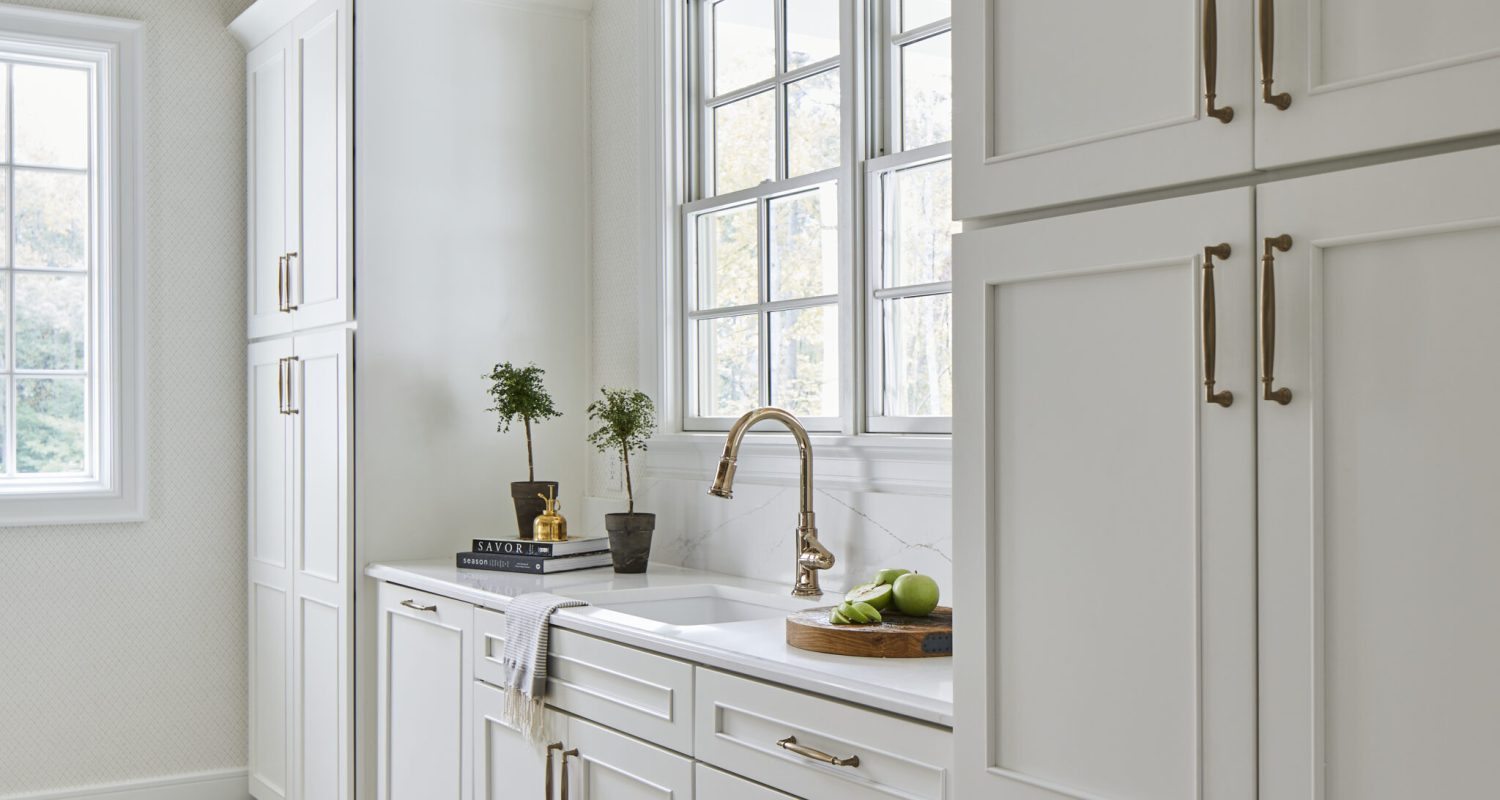
Then, in 1990, the Americans with Disabilities Act (ADA) changed everything, as it became the first comprehensive mandate to make buildings accessible to people with disabilities. The Americans with Disabilities Act also made it illegal for an employer to discriminate against someone based on their disability both in the hiring process and in day-to-day work life. While the ADA didn’t stop workplace discrimination entirely, it was a start. My friend’s former company unfortunately discriminated against and ultimately fired him because of his disability. He was awarded with a large settlement because of the protection that the ADA provides.
The ADA also changed the rules for public spaces, providing a mandate that prevented places of public accommodation from discriminating against individuals with disabilities. Changes to public spaces included lighting provided along outdoor pathways and signage provided within sightlines and in additional languages besides English. That “beware of dog” sign that is also in Spanish that you drive by every day probably came about because of the ADA.
The ADA does not cover private housing. However, the Fair Housing Act of 1988 , passed around the same time, provides requirements to ensure that people with disabilities are not discriminated against in multi-family dwellings. It primarily focuses on wheelchair users. Suddenly, architects and landlords felt monetary pressure to make sure their houses were compliant with regulations because they could potentially face stiff penalties. Money always talks. Discussions around the ADA caused the principles of universal design that we know and use today to be established.
A landmark 1999 U.S. Supreme Court decision, Olmstead v. L.C., also increased the number of people with disabilities living in homes. The Supreme Court determined that individuals with disabilities need not be required to live in institutions to receive services. It also determined that disabled individuals may live in their home while receiving services. This case was a tremendous landmark for disability rights and made it much easier for people with disabilities to integrate into society. However, it also increased the need to have homes and buildings designed to meet their needs.
The above laws have many exceptions that are still not covered. In particular single-family homes (which make up over 70% of national housing), duplexes, and triplexes are not legally required to meet any accessibility standards. Universal designers, on the other hand, want to ensure that all buildings are accessible for everyone at any time, even visitors. Three of principles shape universal design choices currently are aging in place, sustainability, and visitability.
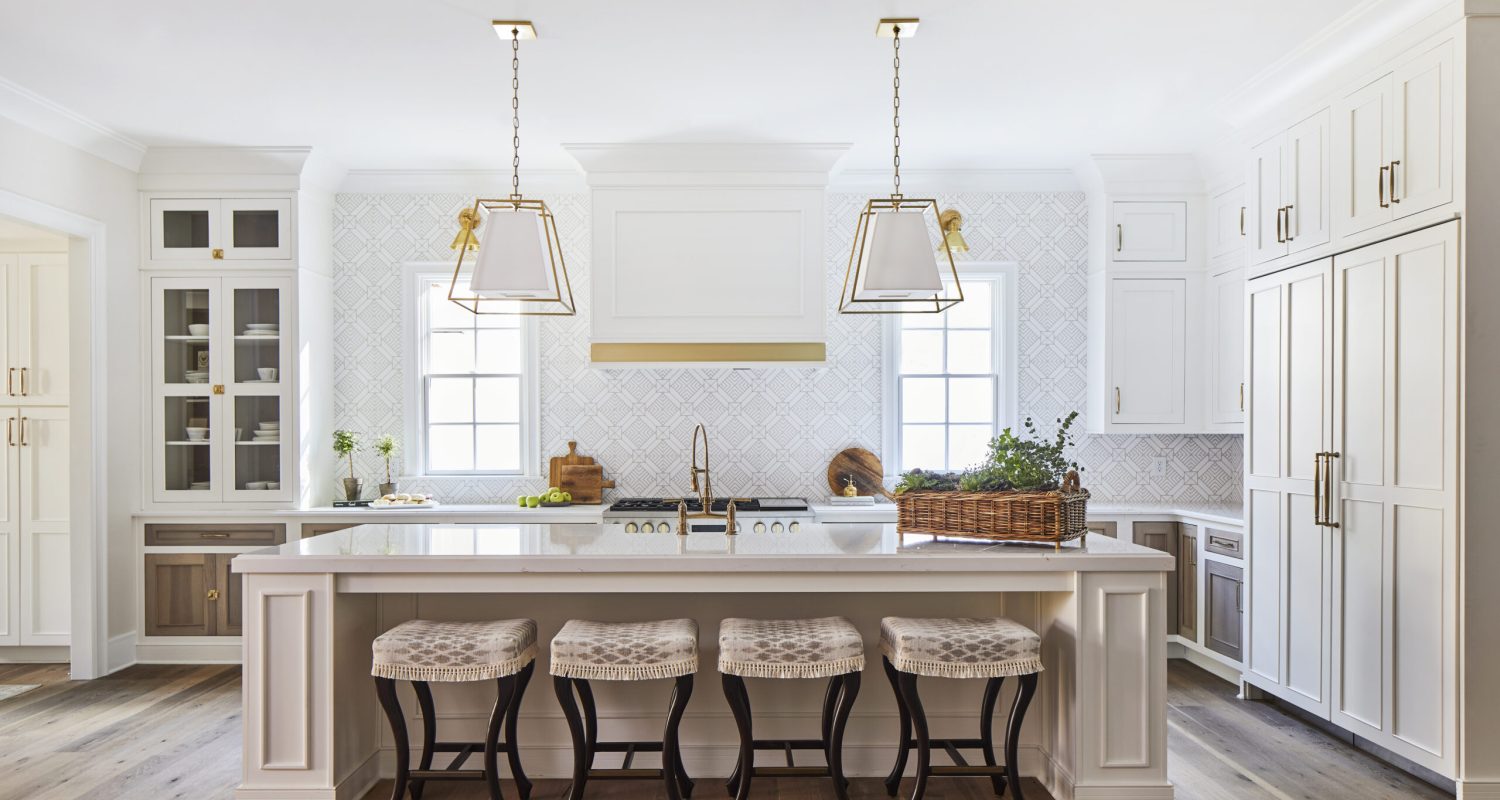
The principle of “aging in place” is particularly important. As the American life expectancy continues to grow, people remain in their house for longer periods of time until they reach an increasingly advanced age. Unfortunately, this can lead to problems, as sometimes the house you bought when you were 40 is not what is best for your 75-year-old self. My dad recently helped an older couple from his church move who had lived in the same house for 30 years but could simply not get up the stairs anymore. The couple had to downsize considerably to be able to afford the house. Moving is not something that a couple in their 70’s should have to go through. Universal designers try to plan for the future and avoid these unfortunate situations by creating spaces that will be useful both now and in 30 years.
Examples of aging-in-place features that people or families looking to buy a house to spend the rest of their lives in should be looking for include no step access to patios, access to at least one full bath on the main floor, kitchen cabinets that allow a person to work sitting down, and good lighting throughout the house including in important locations such as under kitchen cabinets. Electrical outlets and light switches should also be in places where a seated person can reach them.
Another facet of “aging of place” is planning for when you become suddenly disabled. Dr. Rosemarie Rosetti had a tree fall on her during a bike ride on a rural trail ride in 1998, and was suddenly paralyzed from the waist down. As a result of her sudden disability, Rosetti had to sell her house. Rosetti now lives in the “Universal Design Living Laboratory”, which received three national universal design certifications, including a platinum certification for livable design.
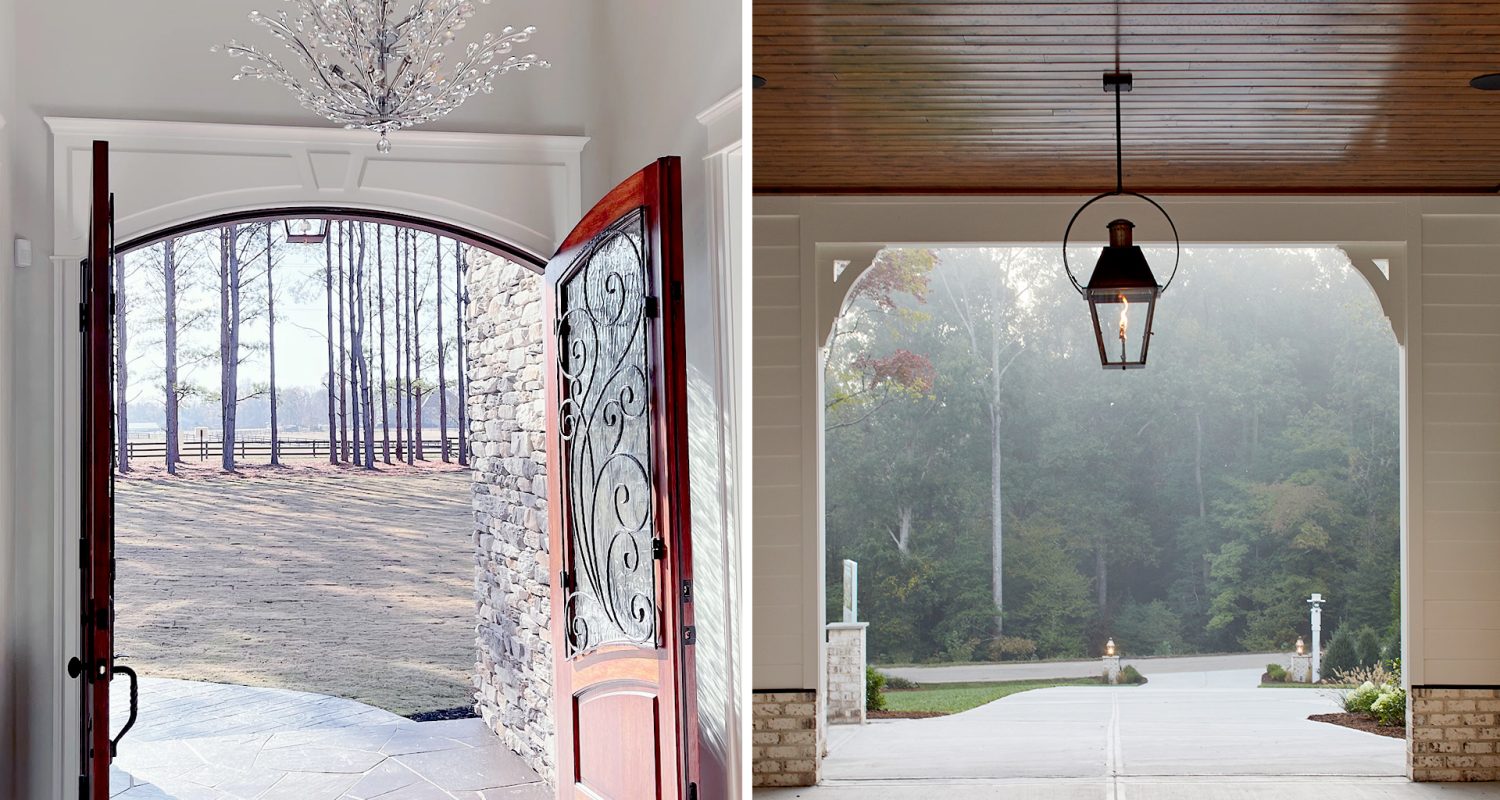
Another organizational design feature is sustainability. Every feature of a house needs to be not only designed for people with disabilities but built in a way that it can be clean and maintained by all, including people who are not disabled. An accessible lower “urinal” is not an asset if it becomes impossible for anyone to clean it.
Additionally, features need to be sustainable when the current tenants inevitably move out of the house and new owners move in. After all, as anyone who has sold a house can attest, when a house has an obviously tacked on addition that does not aesthetically fit the rest of the house, it has a harder time selling. It is easier to simply design new houses in the right way from the beginning than to go back and change them after the fact and risk the house value depreciating. These design changes will cause the sellers to get a bigger return on investment (ROI) than modifying an already existing house after it has been built.
Visitability, a concept first adopted by the advocacy group Concrete Change in 1987, is the principle that all new homes should include features that make them accessible to all people regardless of their physical abilities. After all, you never know when your mother-in-law will need to visit for a week. A visitable home has one main floor that is easy to enter and exit. Having at least one no-step entrance is key to visitability as well.
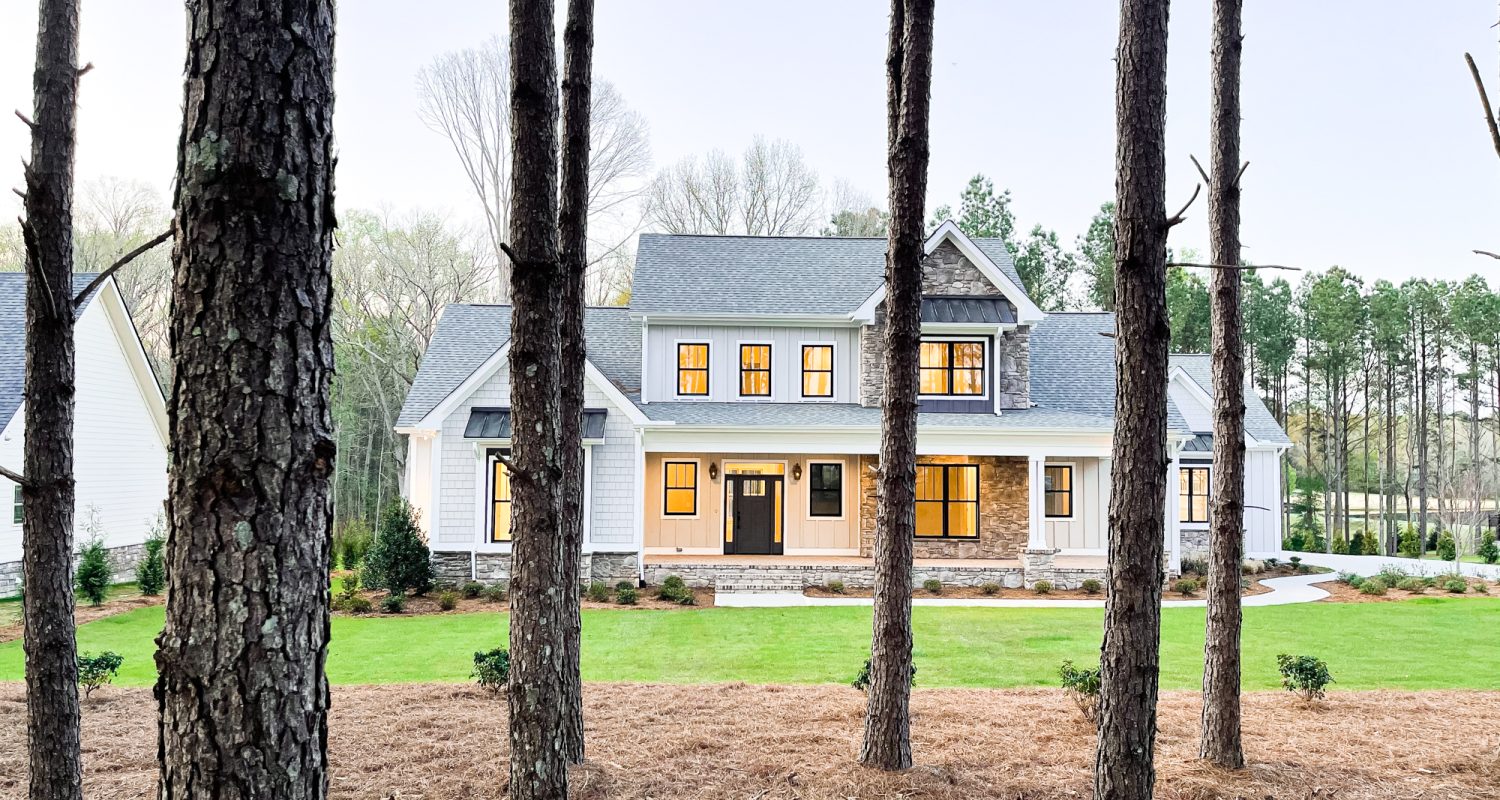
I believe that the history of universal design supports the history of human rights, such as independence and equality, and the legislation and design changes established over the past 80 years have pushed us closer to reaching the goal of accessible design for everyone. Some even say universal design is a social justice issue. Universal designers should thus also give attention to supporting access to housing, healthcare, human education, transportation, and other human rights.
The American aging trend is only continuing to grow, and by 2050, it is estimated that one in every five Americans will be over the age of 65. Thus, aging in place will also continue to grow, and the need of universal designers to create accessible housing will grow with it. During 2020, when Americans are spending more time at home than ever before, we have realized how important it is to make our homes into a safe, accessible place where all can feel welcome and comfortable. It is also simple. After all, all homes need a bathroom, so why not build one on the ground floor where it is accessible to everyone? The history of universal design, through a combination of legislation such as the ADA and sheer human ingenuity such as doors with levers and even curb cuts, has helped everyone to make their home their castle.
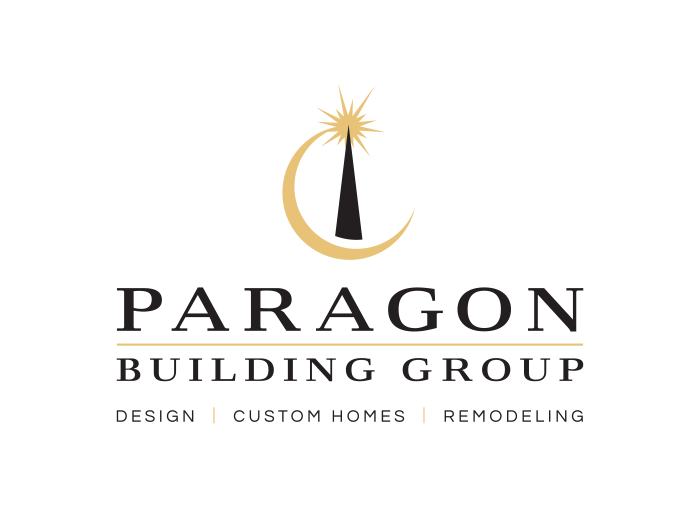

Kevin holds a Master of Library Science degree from University of North Carolina at Chapel Hill (UNC), and an undergraduate degree in Professional Writing from Elon University. He is currently a SEO Specialist with Flex Jobs, and the Webmaster for the Chattanooga Autism Center.
Kevin is the 2020 Scott Kramer Volunteer of the Year Award recipient with Chattanooga Autism Center, where he also runs weekly support group meetings and helped plan and organize the annual Southeast Adult Autism Symposium for 2020, which was entirely online. All the programs Kevin facilitates with the center are all designed for autistic adults. Kevin splits his time between Chattanooga, TN and Durham, NC.
Kevin is working on completing his memoir on navigating the world with autism. If you would like to read more about Kevin and his writing, check out his regularly updated personal blog chronicling his experiences with autism.

At Paragon Building Group, we believe in building houses where homeowners, their family and friends can always feel at home. Through thoughtful design, it is possible to have that feeling, even as life changes.
Imagine: a space designed just for you, and designed for life.
Copyright © 2020 Paragon Building Group | Privacy Policy | Home | Web Design and Marketing by Paragon Building Group